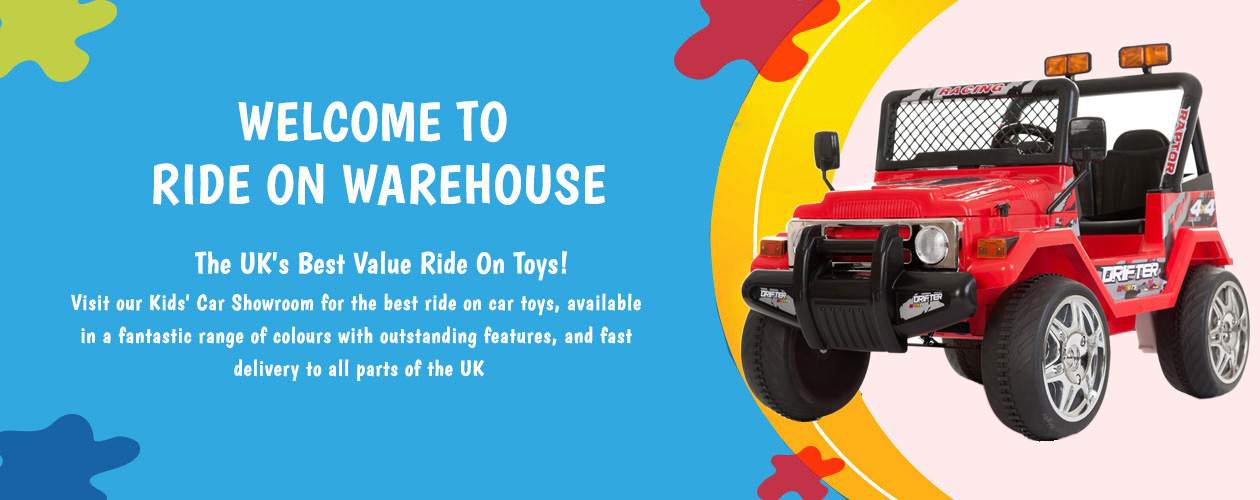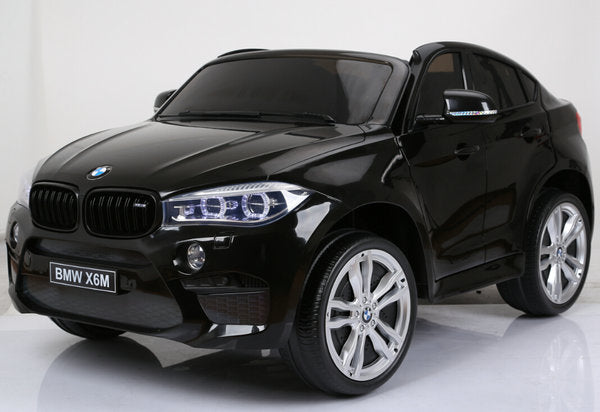Free Suggestions For Choosing Kids Cars
Wiki Article
What Are The Things To Look For When Purchasing A Ride-On Car For Toddlers?
Be aware of the following aspects when buying a ride-on vehicle for your child: Age, size, developmental stage. These are all crucial in ensuring that it is appropriate and safe for them. Consider these factors:
The ride-on car must be specifically designed to meet the age of your toddler. These cars feature a low and stable design, simple controls, and features such as buttons as well as steering wheels or levers. Choose ride-on cars with a broad base for stability, and with a minimal danger of falling over.
Children older than (3or more years old) - As children grow older, they will be able to operate more advanced ride-on cars with more features and controls. Consider cars with adjustable seats, greater weight capacities and interactive features such as working lights, music and sounds. Find ride-on vehicles with the ability to adjust speed or parental controls to accommodate various skills and provide safety.
Size
Weight and Height - When selecting a ride on vehicle, consider your child's height as well as their weight. Select a vehicle with a seat height and weight capacity that comfortably accommodates your child's height and weight. Avoid cars that are too big or too small, because they can make it uncomfortable or unsafe for your child to travel in.
Legroom and Comfort Be sure that the ride-on car provides ample legroom as well as space for your child to comfortably sit. Verify the measurements of the seat to make sure it's appropriate to your child's size and height.
The stage of development -
Motor Skills – When choosing the best ride-on for your child it is important to consider the child's motor abilities and their ability to coordinate. For toddlers, simple controls may be needed to steer. However, older children are able to use interactive features and more complicated controls.
Ride-on Cars Foster Confidence and independence - As kids learn to navigate and drive riding on cars help them build confidence and assist them in developing their independence. Select a ride-on model which allows your child to practice steering, accelerating and braking without assistance, and build confidence over time.
Consider your child's interest and involvement when selecting a ride-on vehicle. Choose a ride-on car that is themed, has colors or features appealing to your child, whether it's a classic truck, sports car or themed car with a character.
You can pick a ride-on vehicle that is comfortable, safe and educational for your child by considering their size, age and developmental stage. Have a look at the most popular Mercedes ride on car for blog info including childrens digger, race car toy car, ride electric car, ride on car, electric ride on cars, toy car, two seater electric cars, childs car toy, toy ride, ride on digger and more. .

What Are The Models For Outdoor And Indoor Children's Cars Made?
The characteristics of the models for indoor and outdoor use differ. These models differ in their designs. in indoor Use Cars -
Size and weight Cars for indoor use are generally smaller and lighter to allow them to fit in small areas like bedrooms, living rooms and hallways. They're small enough to fit into tight corners, narrow passages and also avoid damaging walls and furniture.
Low Ground Clearance: Cars that are used indoors have a narrow ground clearance so they don't become stuck or caught by obstacles such as rugs carpets or thresholds. This allows for smooth, uninterrupted motion on indoor surfaces.
Smooth Wheels. The majority of cars that are indoor feature wheels made of substances that have a smooth surface such as plastic or rubber. These wheels provide better grip and traction when used on smooth surfaces, such as laminate flooring, hardwood floors or tile. They are designed with a minimum of sound to reduce scratching and scratching on indoor surfaces.
Temporary Speed - Indoor vehicles typically operate at a slower speed to maintain safety and control. This can prevent accidents and collisions caused by furniture, such as walls or other obstacles that are found within.
Outdoor Use Cars -
Construction that is durable - Outdoor cars are built using durable materials like steel or tough plastic to withstand the rigors of handling and the elements of nature, such as the sun, humidity and temperature changes. They are more resistant to wear and tear resulting from exposure to the elements.
High Ground Clearance - Outdoor-use cars have a higher ground clearance to deal with bumps and uneven terrain that is encountered outside. This allows them to navigate rough terrains such as pavement, gravel dirt, grass, or even dirt without becoming stuck or damaged.
Traction Tires: The tires on cars that are designed for outdoor use usually have treads, or patterns that increase grip and traction when driving over uneven or slippery surfaces. This allows for better control and stability while driving on rough terrain.
Weather resistance. Outdoor vehicles are usually equipped with weather-resistant parts like sealed electronics, waterproof casings, and rust-resistant materials. This is in order to shield them from environmental damage. These cars can handle rain, mud, or even puddles, without any compromise in performance.
Outdoor cars tend to be quicker to take advantage of the wide open spaces and the longer distances encountered outside. This could provide an exciting and adventurous riding experience to children exploring outdoors.
If you take into consideration these design features and traits, parents are able to select a children's car model that is suited to their specific usage needs and environment, whether outdoor or indoors, and ensuring the safety, enjoyment and lasting experience for their child. Read the recommended click here about McLaren kids car for site advice including electric two seater cars, toy toy cars, ride on car, kids electric cars, toy car for car, toy ride, electric ride on, electric ride on cars, remote control childrens electric cars, ride on car and more. .

What Is The Most Reliable Remote Control Car For Kids? What Are The Advantages And Disadvantages?
Remote control kids' cars are also referred to as remote controlled vehicles or RCs. They are available in a wide variety of styles, price points, and sizes to suit every budget and preference. Here's a brief overview of kinds, sizes, prices as well as pros and cons of remote control children's vehicles - Types of Remote Control Children's Cars -
Electric RC Cars - Battery-powered remote-controlled cars that can be used for outdoor and indoor use. They are available in a variety of styles, such as buggies, trucks and sports cars.
Nitro RC Cars - Gas-powered remote-controlled cars that have more speed and performance, but require more maintenance and expertise to operate. Electric RC cars are smaller and are less costly.
Scale Models (Remote-controlled replicas) Miniatures of real-life vehicles such as planes, trucks, or cars. Scale models are available in various scales, from 1-10 to 1-24. The larger scales provide more detail and realism.
Sizes -
Remote controlled cars for children are available in various sizes. From miniature to full-scale replicas, they are available in all shapes and sizes. The size of the car can influence the performance of a vehicle in terms of speed, as well as its handling capabilities.
Micro-sized automobiles are compact and light. This makes them ideal for indoor use with younger children. Larger models provide greater power and durability, making them ideal for outdoor racing and off-road driving.
Prices
Prices for remote-controlled children's vehicles differ based on factors such as the size, features and model.
Micro-sized electric cars can be bought for between $20 and $100, and larger electric or nitro-powered RCs may cost $100-$500 or more.
Scale models and high-end hobby-grade RC cars can cost several hundred dollars to over 1000 dollars, based on the degree of performance and detail.
The pros and cons of -
Pros -
Remote Control Children's Cars - These cars are perfect for entertainment. They can be used by both children and adults.
Running an R/C car can help children to develop spatial awareness, problem solving and hand-eye cooperation.
Social Interaction: Cars with RC can be great for social interaction with friends and family.
Customization – Many RC cars can be modified with aftermarket parts or upgrades to enhance performance and look.
Cons
Cost – A remote-controlled car for children with advanced features or even hobby model cars can cost a lot.
Learning Curve - Operating a RC Car requires practice and ability, and younger children might have difficulty at first.
Maintenance is necessary for owners of RC cars. They must regularly clean or lubricate their vehicles, as well as make repairs or replace the parts.
Safety concerns - RC safety of cars can be impacted through electrical hazards, collisions as well as other risks in the event that the vehicles aren't controlled and used with caution by an adult.
Remote control cars for kids are a great learning and entertaining experience. However, it is crucial to select the appropriate model based on aspects such as dimensions, safety, cost and features. Hobby-grade RC cars may be more suitable for older kids and enthusiasts, while simpler models are suitable for younger children and beginners. See the most popular ride on toys kidscars.co.uk news for more recommendations including car toy car toy, childrens digger, childs ride on car, car toy toy, ride ons, remote control childrens car, childrens electric cars, toy car, toy and car, car toy toy and more. .
